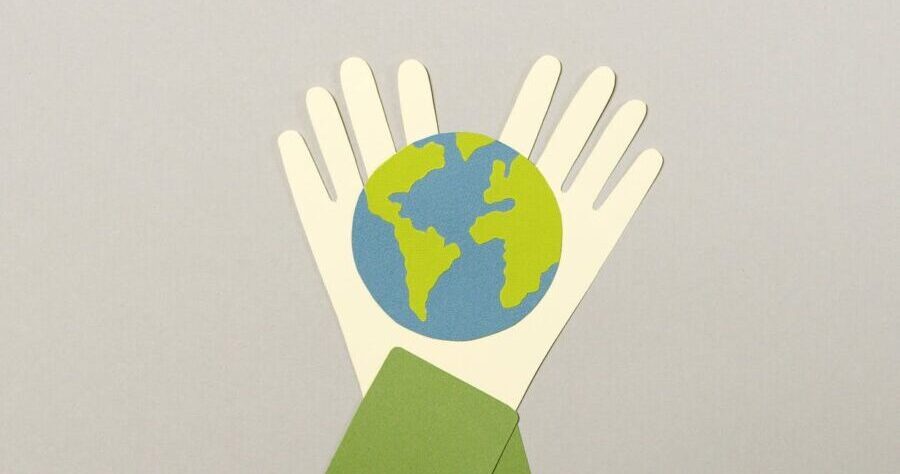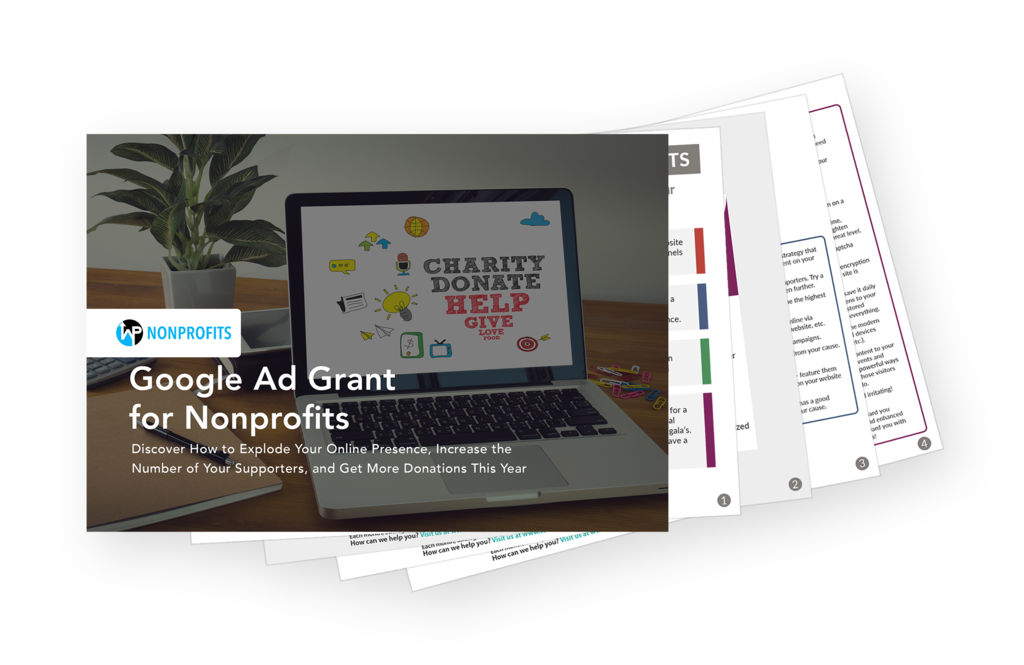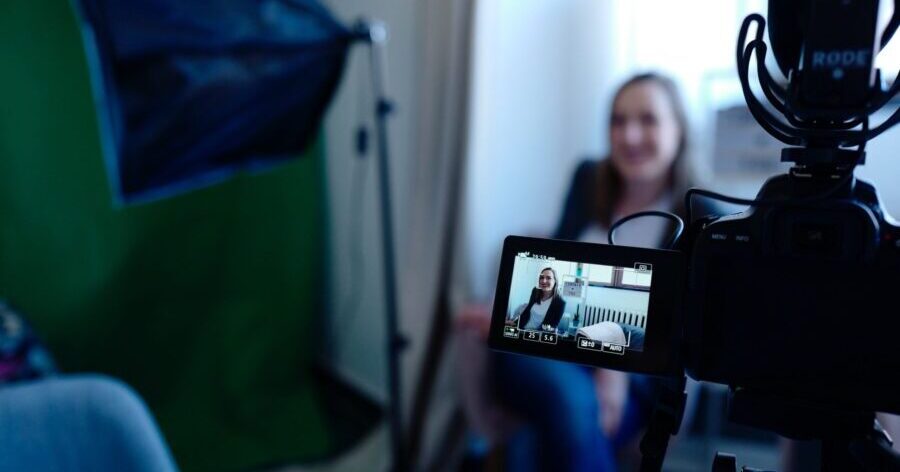

Donors, donors – where are you?
Fundraising is simple, right? You find people who like your cause, you start sending them emails, and then they start donating! Work 40 hours a week, you're done and can sign off.
In reality, those who are fundraising professionals are probably working 60+ hours a week. Balancing current and making new donor relationships, all while meeting your organization's financial goals. There are certainly weeks where 60+ hours is normal because it's “that time of the year”, but it doesn't always have to be like that, nor should it be.
It's time to rethink your fundraising, and here are the tools to do so:
Brainstorm
Come up with your goal. Whether it's a specific number you'd like to raise or a number of new donors you'd like to reach, you will not be successful unless you take the time to think of your goal and write it down. Once you have an idea of what you would like your end goal to be, start thinking of the steps to get there. If you are looking for “top tier” donors, you will want to plan something small and intimate. Traditionally, big donors feel more comfortable in this setting, and when they feel more comfortable, you're that much more likely to get their donation. This is the type of research we mean, find out who your donors are and what to do in order to make them give. This will also overflow into the research step.
It's also really important to look at your resources and see what you may need to make this possible. Will you need to bring in someone who isn't on your staff or can you handle this in-house? You'll also want to think of your incentive – if there is one. For example, the first 50 donors will get a t-shirt. Or first 10 donations will be matched. An incentive is oftentimes a really nice way to hit the ground running. This should go without saying, but if you're planning on an incentive, make sure it's achievable and you have that plan in place.
Research
Begin with your average donor. What are they like? How old are they? Where are they getting information from? From there, branch out. Use your average donor to think of who they are friends with, who they get coffee with, who they work with, etc. Yes, we love our big donors, but they're not the norm, so your fundraising plan shouldn't revolve around them.
In your research phase, you should also talk to whoever keeps your organization's books. Ask them to pull a list together of the following people:
- Recurring Donors
- One-time Donors
- Vendors that you bought /used services from in the past 12 months
In your database you should also run a report and form a list of the following people:
- Volunteers
- Board Members (past and present)
- Business owners
- Recipients of your services
- Alumni (if applicable)
Every single one of these people listed are great ways to get donors involved in giving. All information that we have suggested to research is legal when fundraising. It feels funny, but it gets the job done. Businesses, especially, love the extra exposure if they can swing the expense.
Implement
Do your thing! This is what you do best. Take everything you brainstormed and researched and make it happen to launch your fundraiser. Once your fundraiser is live, don't hesitate to personally reach out to people. Fundraising is relationship building, and you don't build relationships without some “one-on-one” interaction. If you can get the donor on the phone, tell them all that your organization has been up to and what they are planning to do. For the most part, people don't mind being solicited if it's done tastefully. And, the people who mind always make fun stories!
Working for 40 hours a week 44/52 years of the year IS achievable! Brainstorm, Research, Implement and you'll get there.
















Giving Tuesday is coming! Start preparing today. | Website Development and Maintenance for Nonprofit Organizations says:
2020 Global Giving Trends | Website Development and Maintenance for Nonprofit Organizations says:
How Do I Reach Different Audiences for my Nonprofit? | Website Development and Maintenance for Non Profit Organizations says: